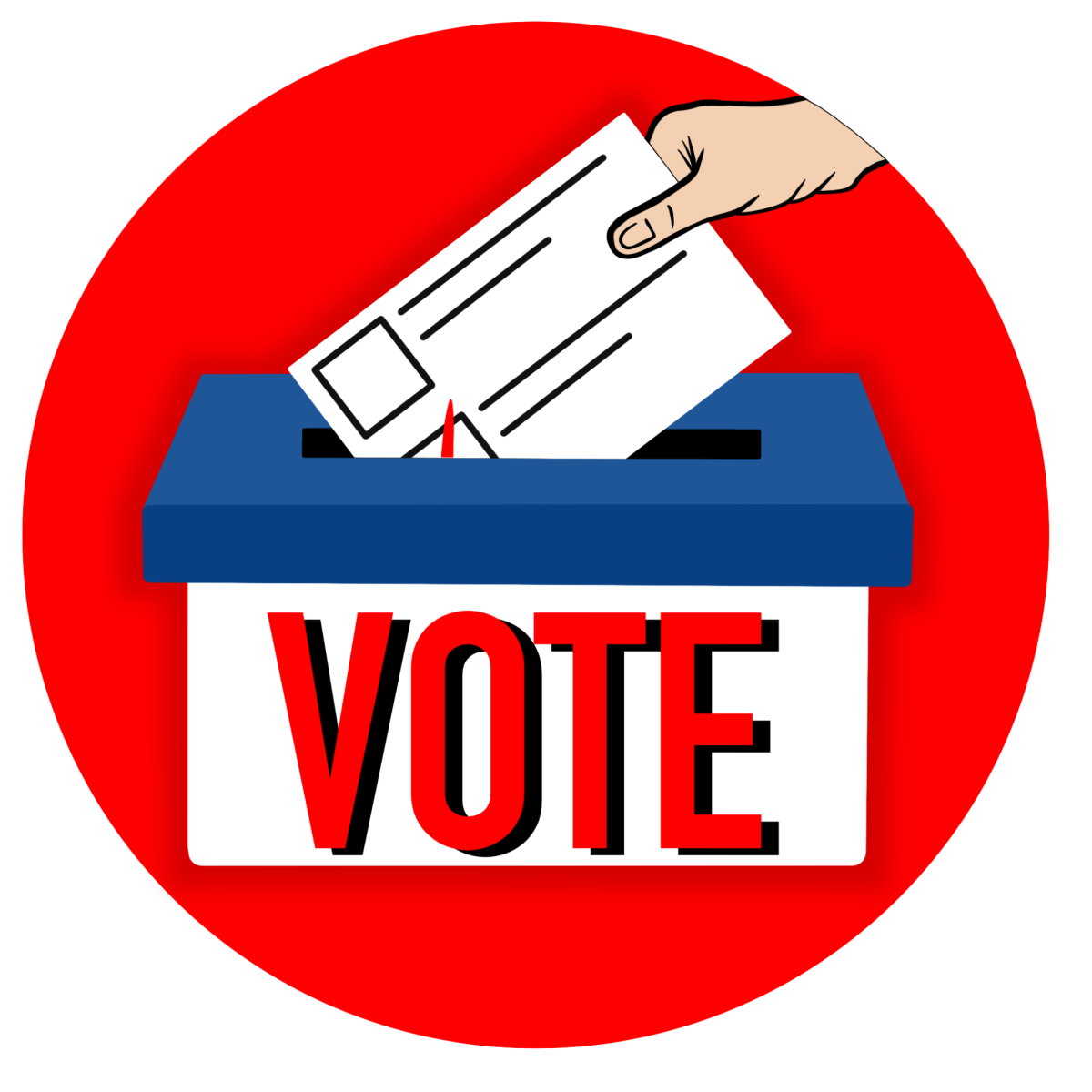In 1960, the FDA approved the birth control pill for contraceptive use. This, so the story goes, lowered the stakes for casual sex and provided women in the U.S. a degree of sexual freedom that played a major part in the cultural changes of the 1960s. In time, the pill itself changed, eventually reaching a formula that eliminates periods altogether. Unfortunately, the blood clots, heart attacks and mood disorders that took the first version of the pill off the market still affect some users of the improved versions of the pill sold today. Despite nearly 60 years of visions and revisions of possible birth control methods, all of the implants the FDA has approved have been for women. There are, as of yet, no contraceptives for men commercially available (but plenty of virility supplements).
There are efforts in the works, though. A research study conducted in 2016 found that the shot being tested was 96 percent effective, though a number of the participants withdrew from the study because the side effects, which included mood swings, muscle pain, and acne. The majority of study participants said they would be willing to continue using the treatment after the study was over, but further research and more clinical trials are required before the product can be approved.
Another male contraceptive, called RISUG or Reversible Inhibition of Sperm Under Guidance, is also being researched. RISUG was developed by Indian scientist Sujoy Guha, who adapted a technology he was developing to affordably purify well water. The technology, an electrically charged polymer that would coat the inside of a water pump or a man’s vas deferens, has been successfully tested on animals and humans, but the FDA requires testing to be redone at their higher standards. In 2010, an American nonprofit organization called the Parsemus Foundation bought the international rights to RISUG and rebranded it Vasagel. Parsemus is currently conducting tests on animals to receive FDA approval for Vasagel.
Despite the ongoing research behind Vasagel and hormone based contraceptives, it will likely be years before any male contraceptives are available in the US. In part, this can be attributed to the rigorous standards of the FDA. As the history of contraceptives for women shows, hormonal contraceptives can have major side effects, and the Vasagel polymer could also have unforeseen interactions with the bodies it’s injected into. These problems play into the larger obstacle preventing the development of male contraceptives: market economics.
The real reason for male birth control’s nonexistence is economic. Because the existing method of contraception—condoms— are effective and have no medical side effects, save for people with allergies, any new contraceptive would also have to have no side effects. That requires a great deal of research, which requires funding. Funding is limited, though, and so it goes to other more profitable research. Vasagel has the additional “problem” of being a one-time treatment, meaning that for companies to make money selling it, they’d have to charge a great deal for the treatment, unlike pills, which can be sold cheaply and repeatedly over a long period.
On the other side of the gender, sexuality, and prescription pill spectrum is the hunt for a Viagra for women. This hunt is a bit further on than the hunt for male contraceptives; Addyi, a drug intended to treat hypoactive sexual desire disorder (HSDD) in women, was approved by the FDA in 2015 is already on the market. HSDD is a diagnosis used to describe people whose lack of sexual desire causes marked distress or interpersonal difficulties. Addyi affects brain chemistry in such a way that some who take it experience sexual desire more frequently. This makes it markedly different from Viagra and other erectile dysfunction medicines, which do not affect the brain or create sexual desire but rather redirect blood flow to facilitate the fulfillment of existing desire. Addyi must also be taken daily before bed unlike Viagra.
Addyi and other forms of “pink Viagra” have been widely criticized for their lack of effectiveness and negative side effects. One of the strongest criticisms came from Emily Nagoski PhD, a research based sex educator and author of “Come as You Are.” According to Nagoski, the dream of a pink Viagra is rooted in “an outdated, scientifically invalid model of sexual desire.” Specifically, these pills aim to increase the frequency at which women experience spontaneous desire, an anticipatory impulse that Nagoski’s research has found is more common in men than in women and isn’t essential to either. Responsive desire, the other category that Nagoski identifies, is unaccounted for in the theory of a pink Viagra.
Both of the types of desire Nagoski describes are dependent on context; things such as stress, hunger, and exhaustion inhibit desire, acting as a brake does. With the brakes on, there’s very little one can do to activate either spontaneous or responsive desire. Rather than a pill, Nagoski prescribes a change in context.
The other major objection to both the pink pill and the diagnosis of HSDD is that both pathologize the lack of sexual desire. This is not a medical problem but rather deviance from an inaccurate social norm. Plenty of people who identify as a- or demi- sexual experience little to no sexual desire; there is nothing wrong there that needs to be medicated away. When people experience “marked distress or interpersonal difficulties” as a result of a lack of sexual desire, the problem is largely external and social rather than internal or medical. In that regard, pink Viagra is not the solution; it’s the problem.






